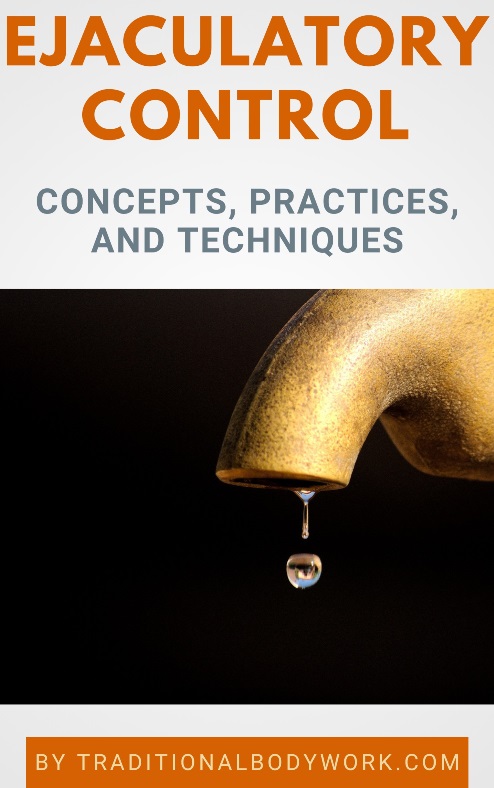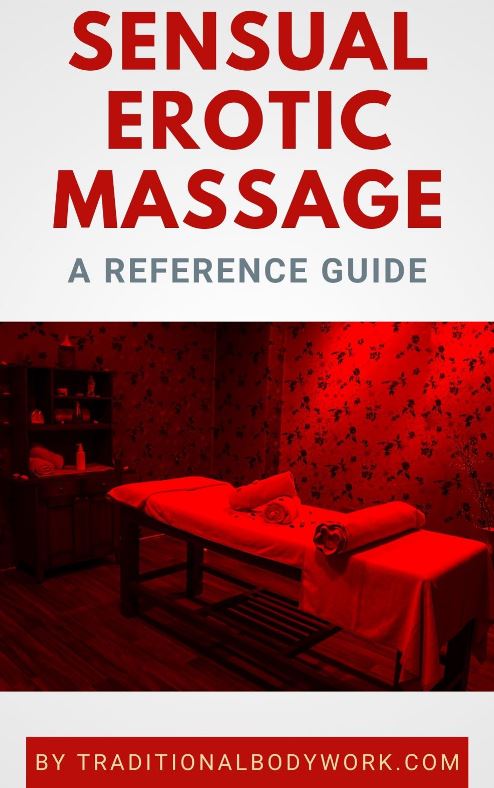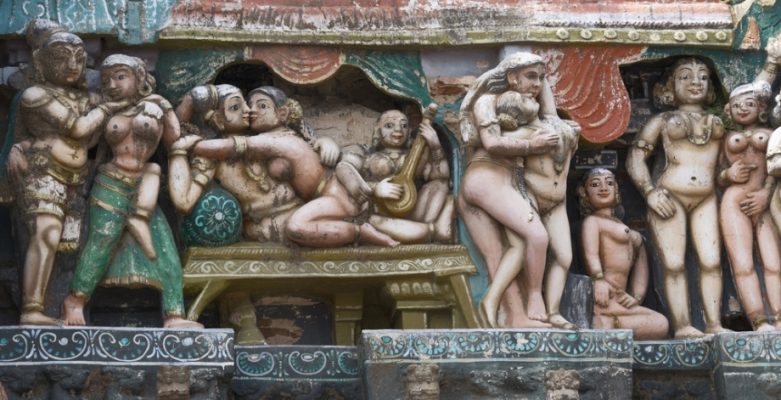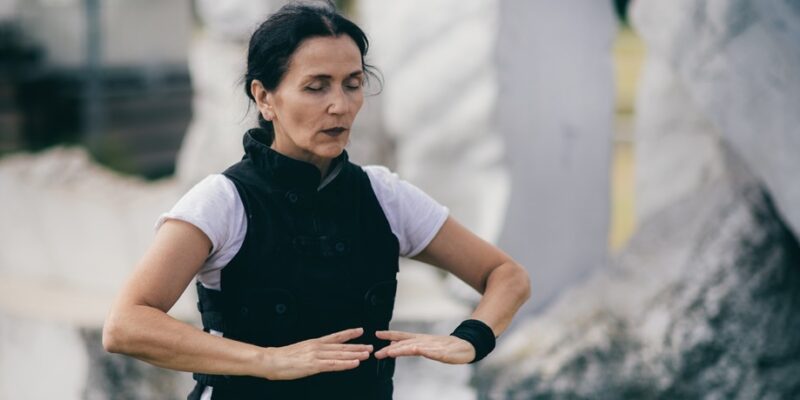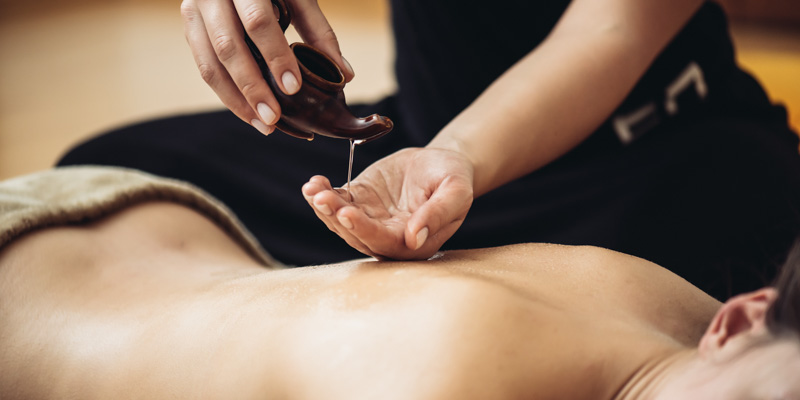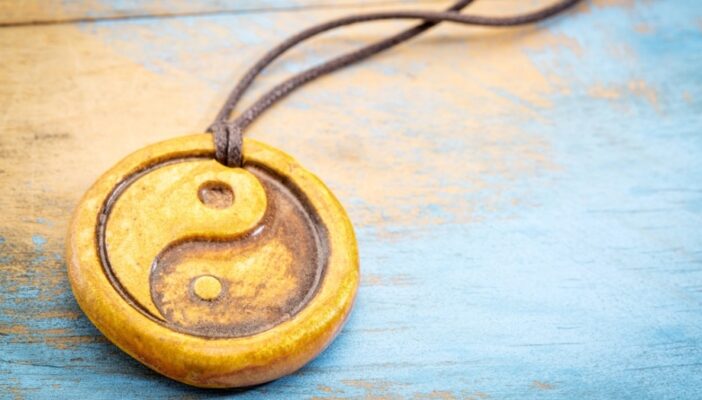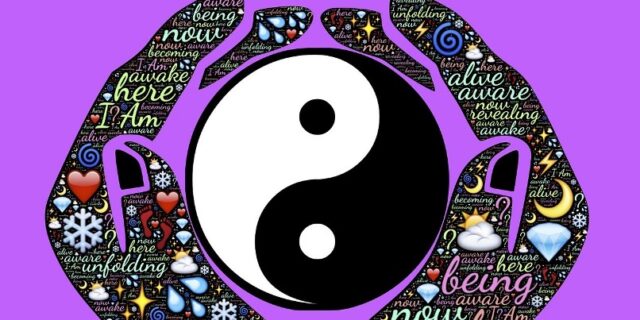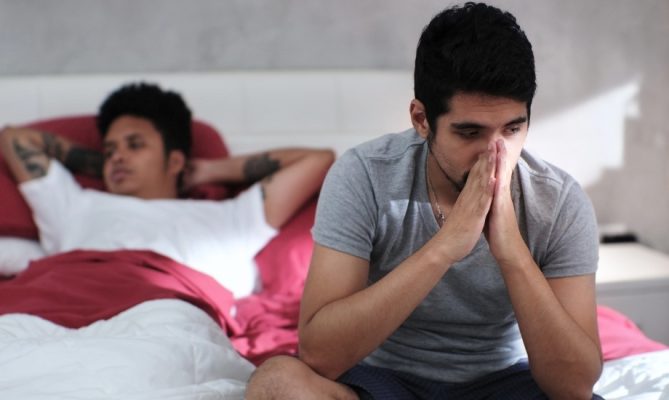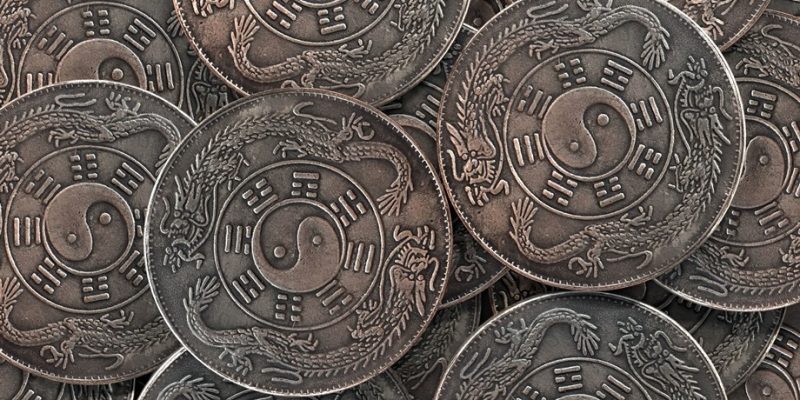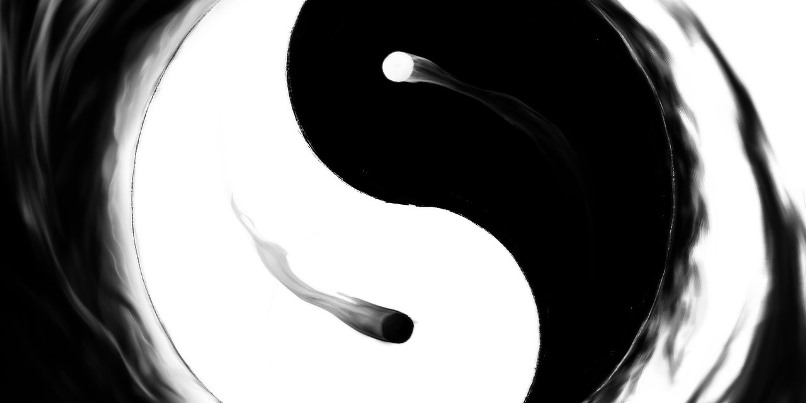
In this post, we take a look at a variety of massages that have been influenced by Taoist concepts and practices. Taoism (or Daoism) is a philosophical and religious tradition of China and focuses on living in harmony with the Tao (or Dao).

Tao means “the Way,” and is considered the source, pattern and substance of everything that exists. Living “the Tao” means becoming one with the natural rhythms of the universe. Taoism has always occupied itself substantially with health, healing, sexuality, spiritual growth, and longevity.
Maintaining and creating balance in one’s life in general and Yin-Yang balance in particular (Yin-Yang translates as dark and bright) is a key concept in Taoism and makes part of all its practices.
Taoism has had a deep influence on Chinese culture, and it’s principles can be found in Neidan Inner Alchemy, Chinese Astrology, Zen Buddhism, Chinese massages, the Chinese martial arts, Traditional Chinese Medicine (TCM), Feng Shui, and Qigong, to name some well-known subjects.
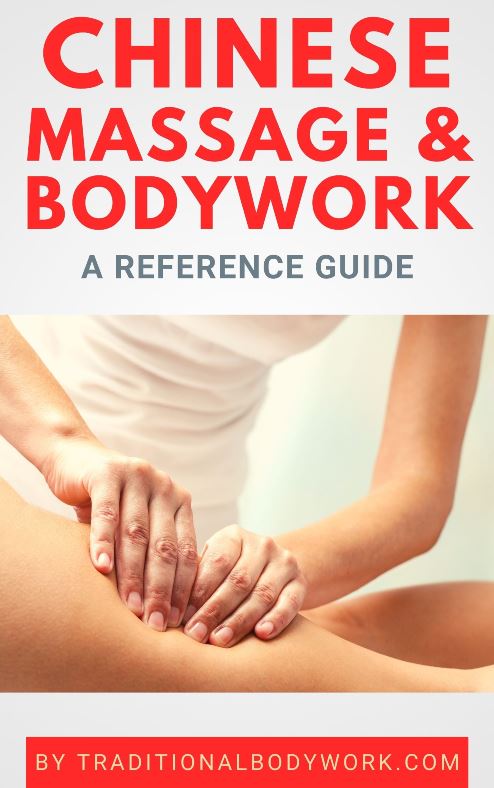
Taoism also had its influence on surrounding cultures in Asia, and today it increasingly intertwines with the Tantra and Neo-Tantra movement.
It’s perhaps somewhat awkward to observe that there’s no actual, comprehensive Taoist Massage treatment modality to be found. It’s rather that Taoist principles, techniques and practices have been blended into a range of massage modalities. One could almost say that Tao works “under the radar,” nevertheless having a crucial influence in the way certain massage and bodywork modalities are approached and practiced.
But okay, let’s take a look and some of the best known massage treatments that have been “fertilized” with Taoist concepts. If you’d like to know more details about a certain modality, just follow the links in the various paragraphs below.
Chi Nei Tsang
Chi Nei Tsang or Thai Abdominal Chi and Internal Organs Massage is a healing massage modality combining traditional Taoist-Chinese, Thai Massage and meditation techniques, while focusing predominantly on the abdominal area. Usually, hands, palms, fingers, knuckles, and elbows are used to apply the massage, sometimes accompanied with hot herbal compresses.
Jade Egg
Jade Eggs (or Yoni Eggs) are used to promote sexual energy, virility, awaken sensuality, and to maintain health while aging. They can be carried in the vagina as such, or used to do a range of internal massage exercises.
Karsai Nei Tsang
Karsai Nei Tsang is a traditional form of therapeutic genital healing and sexual organs detox massage originating and exercised in Thailand and applied for both men and women. It’s a specialization of Chi Nei Tsang Abdominal Massage.
Tao-Massage
The Tao-Massage was developed by Stephen Russell and Jürgen Kolb. Taoist and Tantric philosophy and concepts, meditation practices, Qi Energy flow, Meridian theory, Yin-Yang and Wu Wei are of primary importance in this full-body massage treatment.
Tao Yin
Tao Yin (Daoyin), also called Tao Yoga, Do-In, Chinese Yoga or Taoist Neigong, is a system of Taoist body and mind unifying exercises practiced to cultivate Jing (Essence) and direct, cultivate and refine Qi. The practice includes using self-massage, self-acupressure and stretches.
Taoist Breast Massage
The Taoist Breast Massage incorporates all general benefits of breast massages, but is also about increasing the sensitivity of a woman’s body, circulating sexual energies for creative and spiritual benefits, self-love, and enabling women to experience full-body and breast orgasms.
Taoist Deer Exercises
The Taoist Deer Exercise is divided into one for men and one for women. Men will massage the lower abdominal area and women will massage the breasts.
Taoist Erotic Massage
Taoist Erotic Massage was developed by Dr. Joseph Kramer and is an integration of breathwork, full-body massage and erotic touch, including genital stimulation.
Yin Yang Massage
Yin-Yang Massage is a holistic massage blending Eastern and Western elements, such as Thai Massage, Shiatsu, TCM Meridian knowledge, Polarity, Reflexology, and connective tissue massages to create an experience that relaxes, revitalizes and wakes up unused energy potential. Balancing and strengthening of the receiver’s Yin and Yang components are important goals of this modality.



